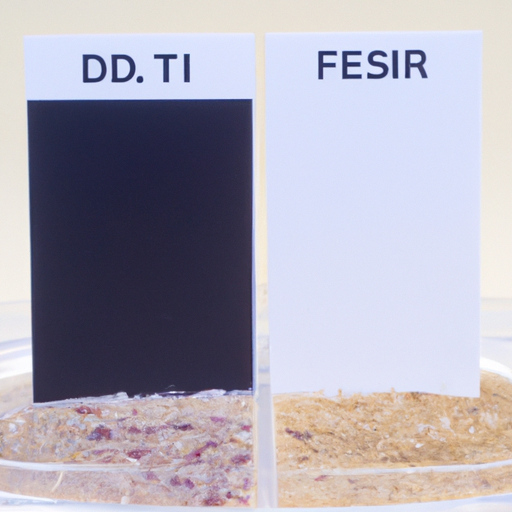In statistics, several words can be confusing by definition, and some can raise confusion in the way they are applied. However, with some little knowledge of what these terms mean and what they refer to, it`s very easy to make a clear cut between the two. In stratified sampling, there are two steps that are adopted to divide the population into subgroups which are later known as strata. This is very different in the case of a cluster sample where initially, a partition of study objects is made into mutually elite and collective groups. After this, a random sample of the cluster is chosen depending on the random sampling. The two statistical words that we are going to discuss today are the Stratified sampling and cluster sampling. In this brief, we will state ten main differences in meaning and application between these two terms.
So What is the Differences between a stratified sample and a cluster sample?
1. Definition-
stratified sampling is a method of sampling used in statistics to subgroup populations. With stratified sampling, the researcher will have to take a broad population and separate it into subgroups known as strata and eventually a probability sample. On the other hand, cluster sampling is used when a homogeneous but internally heterogeneous grouping is evident in a population. This sampling method is widely used in marketing research.
2. The stratified sampling you group the population into subgroups which is not the case with cluster sampling.
The subgroups will have less variance within them. On the other hand, you will start by breaking your population into subgroups or better known as clusters which eventually becomes sampling units in cluster sampling.
3. Efficiency-
Cluster sampling is less efficient, unlike the random sampling. Though, the data collection considerations can offset the overall sample size regardless of how large it is. In case in-person data collection is needed, then it will affect the number of locations to be visited.
4. Purpose
The purpose of Cluster sampling is cost reduction and to increase efficiency which is not the case with stratified sampling. As a matter of fact, the purpose of stratified sampling is to enhance population delineation and precision.
5. Sample selection
In cluster sampling, the selection of the sample is random and it will also include all the members in each cluster. On the other hand, the sample selection of stratified sampling is done by randomly selecting members from many formed strata or subgroups. This is actually one of the major and noticeable differences between the two methods of data sampling.
6. Division type
The other visible difference between stratified and cluster sampling is the division sample. In stratified sampling, the division sample depends on the researcher while in the cluster sample the division type is naturally formed.
7. Heterogeneity
Many people wouldn’t term this as a difference between the two statistical terms but the fact remains that Heterogeneity in Cluster sample is internal with the clusters while in stratified sample its externally between various strata.
8. Homogeneity
The other difference between the two words is homogeneity which is externally in cluster sample between various clusters and internally in the stratified sample with the strata. Although this is not the main difference, it marks a significant difference between the two terms.
9. Selection of elements-
In cluster sample, selection of elements that form a sample is conjoint while in the stratified sample it distinctively.
10. The population elements are selected in aggregates in cluster sampling but it`s individually selected in stratified sampling. This may sound funny but the fact remains that the two of them have differences in the way data is selected. Additionally, the researcher will impose the sampling method when he is using the stratified but in cluster sampling, the categories already exist naturally.
There are many other differences but the main one is the fact that cluster sampling has many natural groups that are separating a population. A good example is naturally subgrouping the data into city blocks, voting districts, schools or churches that are close and many other subgroups. The two approaches may also show differences in the way the data is approached. You can start with the first step which is the collection of data which is different in the two approaches.

